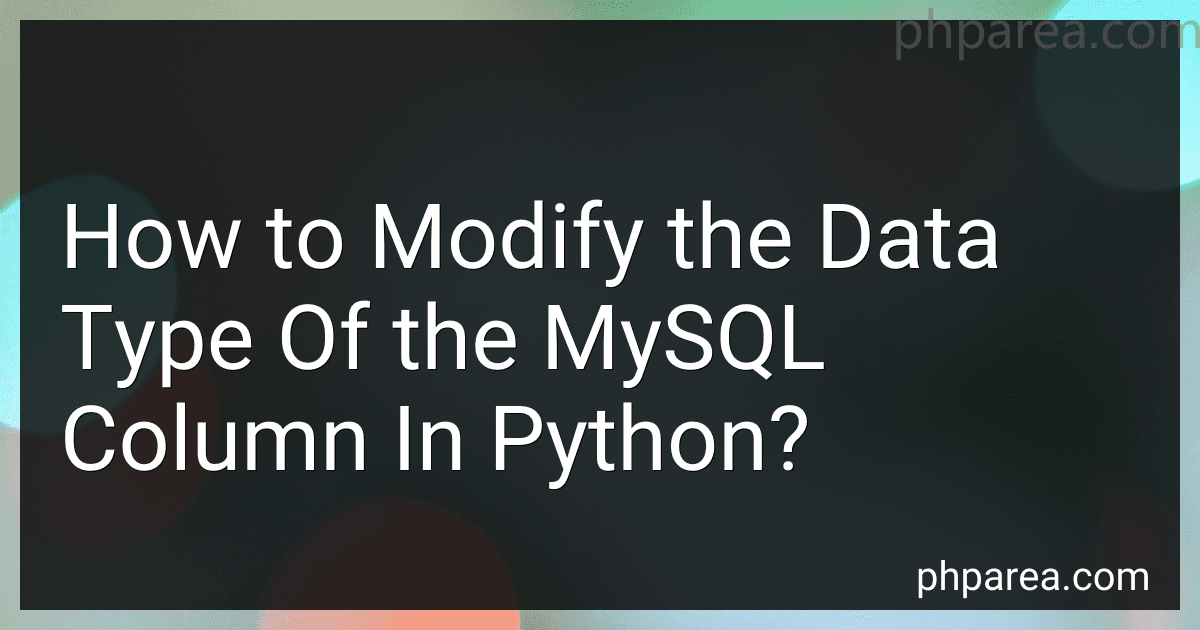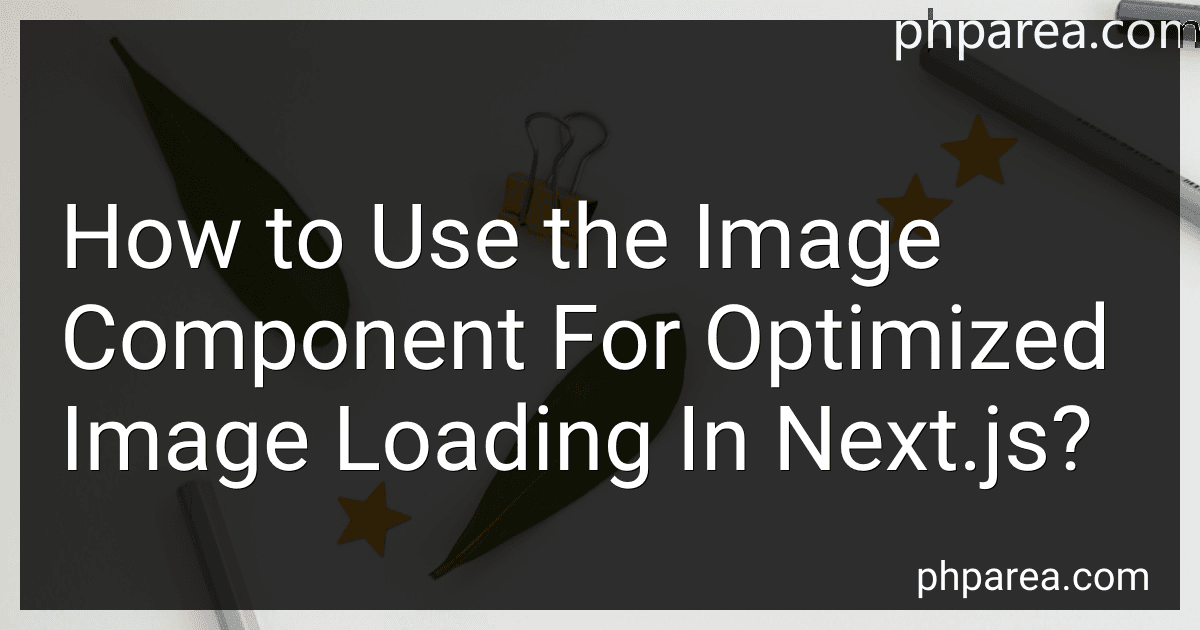Posts (page 121)
-
 10 min readTo update WooCommerce and its plugins, you can follow these steps:Backup your website: Before making any updates, it's always important to create a backup of your website. This way, if anything goes wrong during the update process, you'll have a copy of your site that you can restore. Check plugin compatibility: It's essential to make sure that the updated version of WooCommerce and its plugins are compatible with your current WordPress version.
10 min readTo update WooCommerce and its plugins, you can follow these steps:Backup your website: Before making any updates, it's always important to create a backup of your website. This way, if anything goes wrong during the update process, you'll have a copy of your site that you can restore. Check plugin compatibility: It's essential to make sure that the updated version of WooCommerce and its plugins are compatible with your current WordPress version.
-
 3 min readTo grant privileges in Oracle, you need to use the GRANT statement. This statement allows you to give certain privileges to specific users or roles. The basic syntax of the GRANT statement is as follows:GRANT privilege_name [, privilege_name] ON object_name TO {user_name | role_name | PUBLIC} [WITH GRANT OPTION];Here's a breakdown of the above syntax:privilege_name: Specify the specific privilege that you want to grant. Examples include SELECT, INSERT, UPDATE, DELETE, CREATE, ALTER, etc.
3 min readTo grant privileges in Oracle, you need to use the GRANT statement. This statement allows you to give certain privileges to specific users or roles. The basic syntax of the GRANT statement is as follows:GRANT privilege_name [, privilege_name] ON object_name TO {user_name | role_name | PUBLIC} [WITH GRANT OPTION];Here's a breakdown of the above syntax:privilege_name: Specify the specific privilege that you want to grant. Examples include SELECT, INSERT, UPDATE, DELETE, CREATE, ALTER, etc.
-
 6 min readIn Python, you can modify the data type of a MySQL column using SQL ALTER statements through the MySQL Connector/Python library. Here's an overview of the process:Import the MySQL Connector/Python library: import mysql.connector Establish a connection to your MySQL database: mydb = mysql.connector.
6 min readIn Python, you can modify the data type of a MySQL column using SQL ALTER statements through the MySQL Connector/Python library. Here's an overview of the process:Import the MySQL Connector/Python library: import mysql.connector Establish a connection to your MySQL database: mydb = mysql.connector.
-
 10 min readThe Image component in Next.js allows for optimized image loading through various features and configurations. It helps improve website performance by automatically optimizing and serving images in the most efficient way possible. Here is how you can use the Image component for optimized image loading in Next.js:Import the Image component from the Next.
10 min readThe Image component in Next.js allows for optimized image loading through various features and configurations. It helps improve website performance by automatically optimizing and serving images in the most efficient way possible. Here is how you can use the Image component for optimized image loading in Next.js:Import the Image component from the Next.
-
 12 min readWooCommerce is a popular e-commerce plugin for WordPress that powers a significant number of online stores. While it offers a seamless online shopping experience, occasionally, users may encounter some common issues. Here are some troubleshooting techniques to resolve such problems:Plugin Conflicts: Check for conflicts with other plugins by disabling them one-by-one. If the issue is resolved after deactivating a particular plugin, it indicates a conflict.
12 min readWooCommerce is a popular e-commerce plugin for WordPress that powers a significant number of online stores. While it offers a seamless online shopping experience, occasionally, users may encounter some common issues. Here are some troubleshooting techniques to resolve such problems:Plugin Conflicts: Check for conflicts with other plugins by disabling them one-by-one. If the issue is resolved after deactivating a particular plugin, it indicates a conflict.
-
 8 min readTo speed up a slow MySQL query, you can take the following steps:Analyze the query: Understand the execution plan and identify any inefficiencies or bottlenecks that may be causing slowness. Use the EXPLAIN command to obtain insights into how MySQL is executing the query. Add indexes: Indexes help in efficient data retrieval. Analyze the query and identify columns commonly used in WHERE, JOIN, or ORDER BY clauses. Add indexes on these columns using the CREATE INDEX statement.
8 min readTo speed up a slow MySQL query, you can take the following steps:Analyze the query: Understand the execution plan and identify any inefficiencies or bottlenecks that may be causing slowness. Use the EXPLAIN command to obtain insights into how MySQL is executing the query. Add indexes: Indexes help in efficient data retrieval. Analyze the query and identify columns commonly used in WHERE, JOIN, or ORDER BY clauses. Add indexes on these columns using the CREATE INDEX statement.
-
 6 min readTo create a user in Oracle, you need to follow the steps below:Log in to Oracle using a privileged account like SYS or SYSTEM. Open the SQL*Plus command-line interface or any other Oracle administration tool. Use the CREATE USER statement to create a new user. The basic syntax for creating a user is as follows: CREATE USER username IDENTIFIED BY password; Replace "username" with the desired name for your user and "password" with the password you want to set for that user.
6 min readTo create a user in Oracle, you need to follow the steps below:Log in to Oracle using a privileged account like SYS or SYSTEM. Open the SQL*Plus command-line interface or any other Oracle administration tool. Use the CREATE USER statement to create a new user. The basic syntax for creating a user is as follows: CREATE USER username IDENTIFIED BY password; Replace "username" with the desired name for your user and "password" with the password you want to set for that user.
-
 8 min readMiddleware in Next.js refers to a way of executing custom functions before rendering a page. It allows you to perform tasks such as authentication, data fetching, or modifying the incoming request object before it reaches the page component.To set up and use middleware in Next.js, you can follow these steps:Create a file called _middleware.js inside the pages/api/ directory (create the directory if it doesn't exist). This file will contain your middleware functions. In _middleware.
8 min readMiddleware in Next.js refers to a way of executing custom functions before rendering a page. It allows you to perform tasks such as authentication, data fetching, or modifying the incoming request object before it reaches the page component.To set up and use middleware in Next.js, you can follow these steps:Create a file called _middleware.js inside the pages/api/ directory (create the directory if it doesn't exist). This file will contain your middleware functions. In _middleware.
-
 9 min readTo add and manage user roles in WooCommerce, you can follow these steps:You can start by installing and activating a plugin called "Advanced Access Manager." This plugin allows you to have more control over user roles and their capabilities on your WooCommerce store.Once the plugin is activated, go to the WordPress dashboard and navigate to "AAM" on the left-hand side menu. This will take you to the Advanced Access Manager settings page.
9 min readTo add and manage user roles in WooCommerce, you can follow these steps:You can start by installing and activating a plugin called "Advanced Access Manager." This plugin allows you to have more control over user roles and their capabilities on your WooCommerce store.Once the plugin is activated, go to the WordPress dashboard and navigate to "AAM" on the left-hand side menu. This will take you to the Advanced Access Manager settings page.
-
 4 min readTo convert a date to a hexadecimal (hex) value in MySQL, you can use the HEX() function. The HEX() function is used to return a string representation of a hexadecimal value.Here is the general syntax to convert a date to hex in MySQL: SELECT HEX(date_column) AS hex_date FROM your_table; Here, date_column refers to the column name of the date you want to convert, and your_table is the table name.
4 min readTo convert a date to a hexadecimal (hex) value in MySQL, you can use the HEX() function. The HEX() function is used to return a string representation of a hexadecimal value.Here is the general syntax to convert a date to hex in MySQL: SELECT HEX(date_column) AS hex_date FROM your_table; Here, date_column refers to the column name of the date you want to convert, and your_table is the table name.
-
 12 min readTranslating a WooCommerce store into different languages involves several steps. Here's an overview of the process:Install a translation plugin: Start by installing a translation plugin like WPML (WordPress Multilingual) or Polylang. These plugins allow you to easily translate different elements of your WooCommerce store, including product descriptions, categories, and checkout pages.
12 min readTranslating a WooCommerce store into different languages involves several steps. Here's an overview of the process:Install a translation plugin: Start by installing a translation plugin like WPML (WordPress Multilingual) or Polylang. These plugins allow you to easily translate different elements of your WooCommerce store, including product descriptions, categories, and checkout pages.
-
 4 min readTo delete records in Oracle, you can use the DELETE statement. The basic syntax for deleting records is as follows:DELETE FROM table_name WHERE condition;Here, "table_name" refers to the name of the table from which you want to delete records. The "WHERE" clause is used to specify the condition that must be met for a record to be deleted. If you omit the WHERE clause, all records from the table will be deleted.
4 min readTo delete records in Oracle, you can use the DELETE statement. The basic syntax for deleting records is as follows:DELETE FROM table_name WHERE condition;Here, "table_name" refers to the name of the table from which you want to delete records. The "WHERE" clause is used to specify the condition that must be met for a record to be deleted. If you omit the WHERE clause, all records from the table will be deleted.